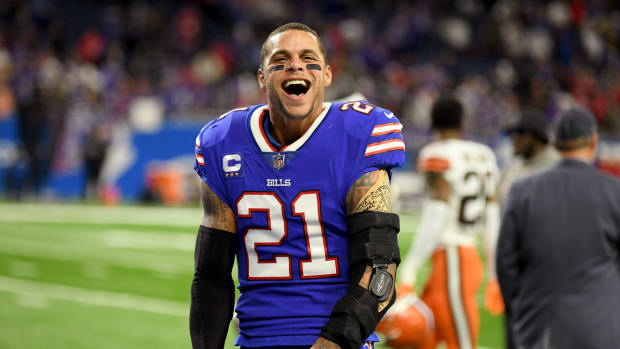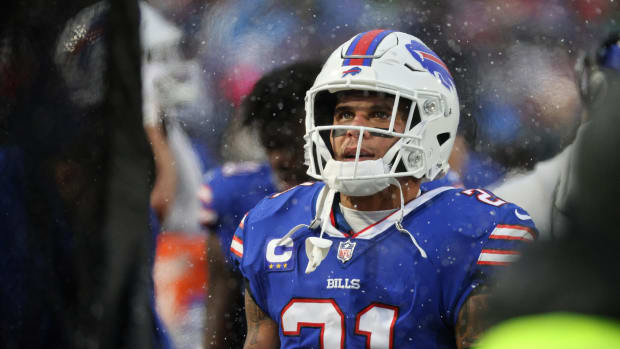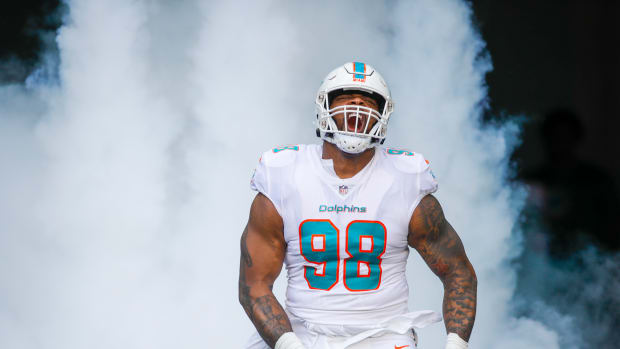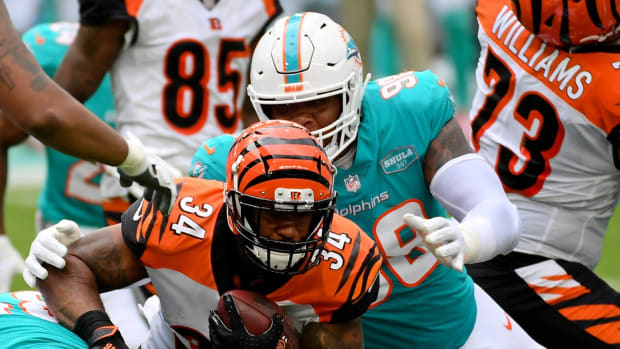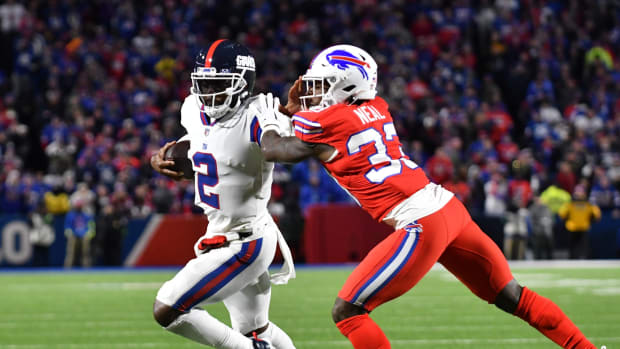Miami Dolphins Week 14 Snap Counts ... And What They Mean
The Miami Dolphins had to do an awful of personnel juggling against the Kansas City Chiefs because of all their injuries with which they were dealing, and that was reflected in the snap counts.
One example is second-year running back Patrick Laird playing 42 offensive snaps, more than double his previous season high of 19.
With running back Myles Gaskin (COVID list), Matt Breida (COVID list) and Salvon Ahmed (shoulder) missing the game, it was newcomer DeAndre Washington who got the start and he played 39 snaps.
Laird got most of the playing time in the fourth quarter with the Dolphins in catch-up and his ability in the passing game — in terms of catching the ball and picking up blitzes — no doubt playing a big role in that.
The Dolphins elevated running back Elijah McGuire from the practice squad Saturday, but he ended not playing a down against the Chiefs despite being active.
McGuire was one of four active players who did not play, along with quarterback Ryan Fitzpatrick, defensive end Tyshun Render and tackle Adam Pankey.
Like McGuire, Render was elevated from the practice squad Saturday.
With DeVante Parker and Jakeem Grant leaving the game with injuries, rookie Lynn Bowden Jr. got the most snaps with 59 followed by Mack Hollins with 40.
It's noteworthy that Antonio Callaway played the fewest snaps of any wide receiver (22), another indication the coaching staff doesn't yet see him as being able to make a big impact on offense.
That's a disappointing development for those Dolphins who were expecting, or at least hoping, he could make an immediate contribution based on what he did in 2018 as a rookie with the Cleveland Browns.
The tight end snaps were divided pretty evenly among Mike Gesicki (43), Adam Shaheen (37) and Durham Smythe (36), and it's interesting to note all three started when the Dolphins opened with a three-tight end set.
On the offensive line, Julien Davenport played eight snaps at left tackle while Austin Jackson was out of the game with an injury (he returned) and three more as an extra lineman when the Dolphins were in short-yardage situations.
On defense, special teams mainstays Kavon Frazier, Clayton Fejedelem and Sam Eguavoen got action on defense in light of the injury to safety Bobby McCain and the absence of linebackers Kyle Van Noy and Elandon Roberts
McCain missed 30 of the 62 defensive snaps because of two different injuries, though he returned to finish the game.
Frazier ended up playing 24 snaps at safety, matching his total of defensive snaps for the first 12 games combined. Fejedelem also matched his previous season total, though he played only seven defensive snaps — unfortunately for the Dolphins, he was beaten deep as the last line of defense on Tyreek Hill's 44-yard touchdown reception in the third quarter.
Eguavoen played six snaps at linebacker after playing three in the previous five games combined. He also was on the field for the first defensive snap, earning his first start of the season.
With the shortage at linebacker, Kamu Grugier-Hill matched his season high with 37 defensive snaps after playing strictly special teams the previous two games against the Jets and Bengals.
After playing nine snaps at linebacker against the Bengals, Calvin Munson again was used strictly on special teams against K.C.
In the secondary, Byron Jones, Xavien Howard and Eric Rowe played all 62 defensive snaps, while linebacker Jerome Baker (who had a big game) played 61.
Along the defensive line, what stood out is Zach Sieler played only 25 defensive snaps, 40 percent of the team's total. It was the third consecutive game he failed to surpass 50 percent of the defensive snaps after playing 83 percent of the defensive snaps against the Chargers and Broncos.
The return of Christian Wilkins (who played 43 defensive snaps) from the COVID-19 list no doubt has played a role in that development, along with facing opponents who heavily favor the passing game.
